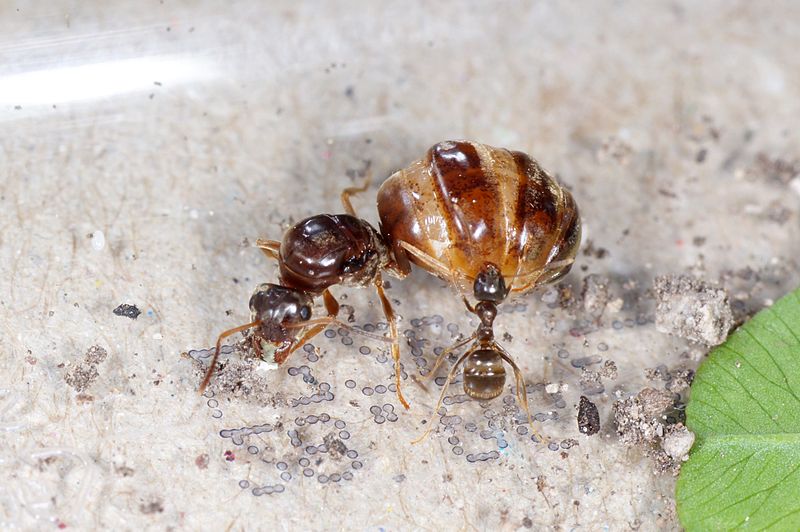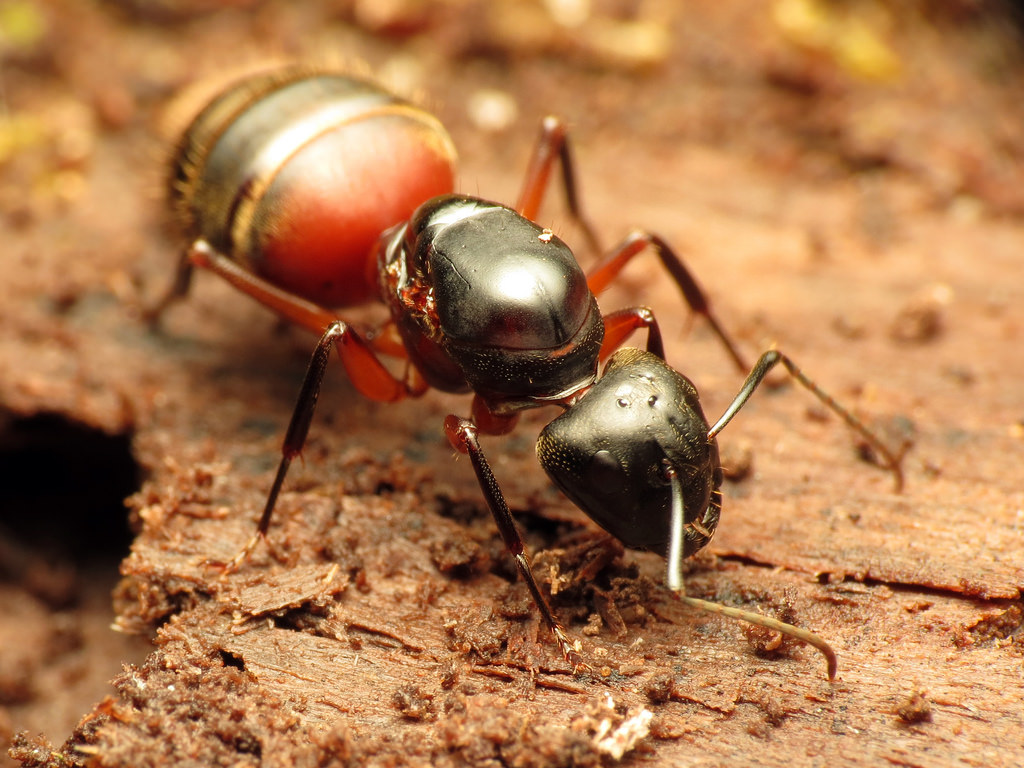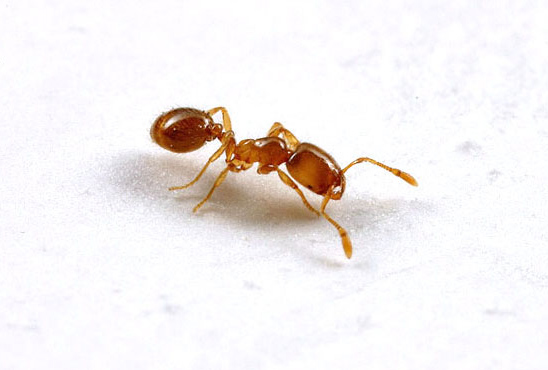
image by DMDM CCrights
The Lasius species of ants is best known conspicuous nuptial flights, its habit of tending and transporting homopterous insects, and the temporary parasitic behavior of some of its species. It has also attracted much attention as one of the several ant genera which have persisted in Europe and North America since early Tertiary times with only a small amount of visible evolutionary change.

photographer katja Schulz CC atribution
Camponotus is an extremely large and complex, globally distributed genus. At present, more than 1000 species and nearly 500 subspecies belonging to 45 subgenera are described and it could well be the largest ant genus of all. The enormous species richness, high levels of intraspecific and geographic variation and polymorphism render the taxonomy of Camponotus one of the most complex and difficult. Revisionary studies on Camponotus are generally confined to species groups and/or small geographical regions. These ants live in a variety of habitats and microhabitats and the sheer size of the genus makes any characterisation of their biology challenging. Nests are built in the ground, in rotten branches or twigs, or rarely into living wood.

alex wild CC atribution
Solenopsis is a large, cosmopolitan, and taxonomically difficult genus of mostly minute, monomorphic, wholly subterranean species. These minute species frequently live as thief ants within the colonies of other larger species of ants or termites. Some New World species are larger and the workers are polymorphic. These species have colonies that can be very large and the workers are aggressive surface foragers. These ants are commonly referred to as "fire ants" because of the intense, burning sensation caused by their stings. The fire ants are important pest species.